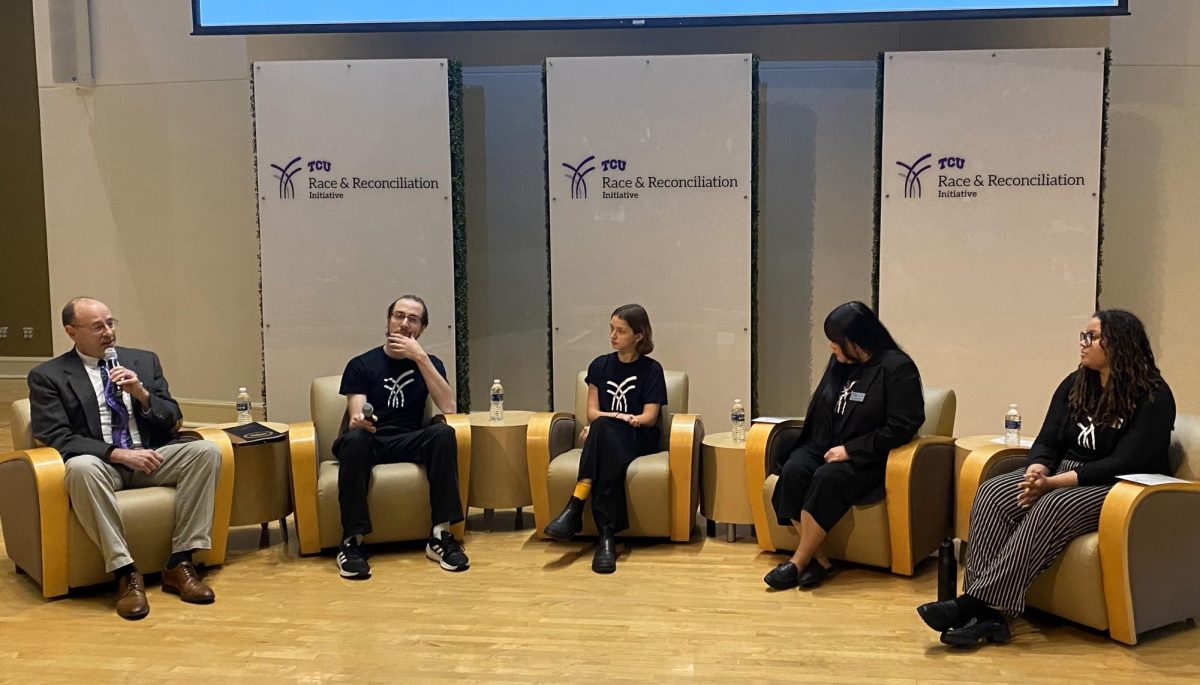I don’t read The New York Times. Given that many students pay for a subscription to The Wall Street Journal in student fees and that the BBC and Reuters offer more up-to-date articles on practically everything that is newsworthy on their websites, there’s just not a whole lot of reason for me to ever visit The New York Times website. Evidently, The Times wants to push me away even more.
According to a March 17 article from The Associated Press, The New York Times website, NYTimes.com, will change from free to very restricted for the average Internet user on Monday. If you already subscribe to the Times, you retain full access. If not, you are allowed 20 free articles per month. After that, depending on how you want to access the site, you could be charged up to $35 a month.
The rationale behind this change is that it will make the Times more money. Hard copies of newspapers are on the decline. Online ad revenue does not generate the kind of money the Times would like to see. So charge for access to the website and see the money roll in 8212; except that the Times tried this already. In 2005, the Times started charging a much lower price to access the articles from their more famous columnists. The project was canceled in two years. Their solution now is to be more restrictive?
As some have already pointed out, the Times should really have taken a lesson from the Recording Industry Association of America. The music industry saw that sales of hard copies of music were down. It tried to be more restrictive with how its product got out through suing for copyright infringement and digital rights management. However, one would be hard pressed to find anyone who believes that what the RIAA has done has helped the music industry to any significant degree. And remember, the RIAA had the law on its side as well. The Times just has a profit motive.
I recognize The New York Times is a venerable newspaper, but that doesn’t impact me enough to make me subscribe. What could make me subscribe is some sort of unique content that is relevant to me. What could make me subscribe is a premier and unbiased presentation of the news so compelling and far beyond its peers that it makes other newspapers look bad.
The problem is that news is universal, and the Internet has made access to it easy. For free. The New York Times has no copyright on the news, only control over its viewpoint and its columnists. If I want to read an article about the news, I can simply go to another news source, which is what I have been doing even without the incentive of avoiding payment. For any article that is unique to The New York Times, workarounds have already been developed for accessing those articles for free.
What will most likely happen is this: the Times will make less money. Casual readers like me will stay even further away from them. Some who prefer The New York Times but don’t subscribe will simply pick up and move elsewhere.
Subscribers will stay, but then the Times doesn’t make any additional money from them. What the Times should have done instead was try to address people like me. Find casual news readers and somehow convince them to subscribe to the paper. But they didn’t. I don’t read The New York Times, and now, I’m not about to start.
Jason Lam is a junior mathematics major from Chicago.




